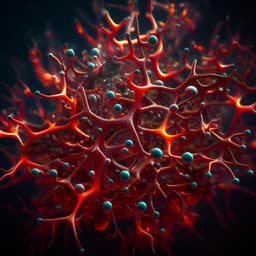
Engineering and Technology
Organic electrochemical neurons and synapses with ion mediated spiking
P. C. Harikesh, C. Yang, et al.
Discover the groundbreaking potential of organic electrochemical neurons (OECNs) that seamlessly integrate with a Venus Flytrap, showcasing bio-compatible spiking and plasticity. This revolutionary research, conducted by Padinhare Chalakkal Harikesh and colleagues, explores the future of artificial neuronal systems that can interact with various biological signaling systems.
~3 min • Beginner • English
Related Publications
Explore these studies to deepen your understanding of the subject.







